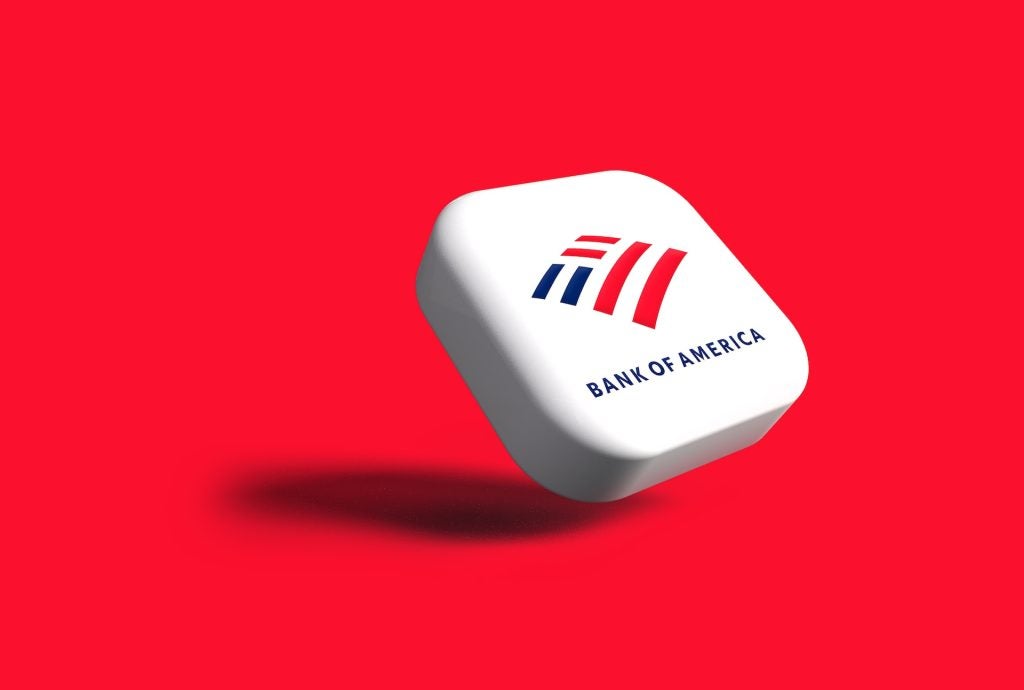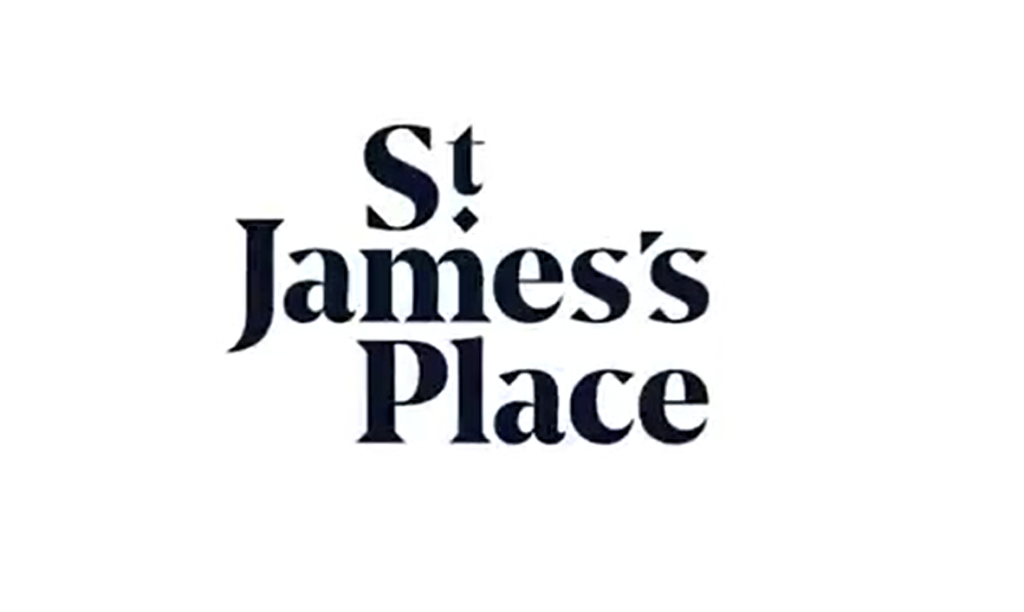When Lorenzo Ghiberti designed the Florence Baptistery’s Gates of Paradise, he singlehandedly sparked the movement that would become known as the Renaissance. Six hundred years later, wealth managers and family offices are looking for that same spark to set them apart from the competition. Overstone Art Services founder and CEO Harco van den Oever writes
The current UHNW wealth associated with the art market is estimated to be around $1.742trn, and is expected to grow to $2.125trn by 2023 according to Deloitte’s global 2019 Art and Finance Report.
Compared to the stock market, or even other alternative asset classes, art is a much more nuanced space for UHNWIs to invest in – it is both extremely personal and almost entirely disconnected from the financial markets. But this can offer positives: in volatile market conditions, such as those caused by Covid-19, art can be a safer asset class for investors to pour funds into.
Furthermore, not only does art offer a secure investment opportunity, but a growing number of UHNWIs are taking the opportunity to unlock liquidity by borrowing against their art – particularly in response to uncertainty as a result of the global pandemic.
According to Deloitte’s report, 69% of collectors said they would be interested in using their art collection, or parts of it, as collateral. However, wealth managers and private bankers in Europe are not focused on offering art-secured lending services – which typically entail collateralised lending with art as the underlying asset – with only 26% of wealth managers and 32% of private bankers stating that this is an area of focus for 2020.
The lack of wealth managers that offer art-backed lending is in huge contrast to the 72% of wealth managers and family offices that offer broader art-related services, such as estate planning (77%), client entertainment (77%) and art philanthropy (67%).
How well do you really know your competitors?
Access the most comprehensive Company Profiles on the market, powered by GlobalData. Save hours of research. Gain competitive edge.

Thank you!
Your download email will arrive shortly
Not ready to buy yet? Download a free sample
We are confident about the unique quality of our Company Profiles. However, we want you to make the most beneficial decision for your business, so we offer a free sample that you can download by submitting the below form
By GlobalDataBy failing to offer art-backed lending services, wealth managers and family offices are failing to take advantage of a rapidly growing and increasingly popular client demand. This hesitation is a result of several factors, as wealth managers and private bankers perceive art-backed lending as having a high barrier to entry.
Concerns over an unregulated art market, lack of market data, a perception of illiquidity, and uncertainty around how to measure and assess risk often dissuade wealth professionals from providing these services.
Lack of regulation
Some of this hesitation may come from the lack of regulation in the UK and Europe. This has, in turn, given rise to money-laundering fears, with Deloitte finding that 76% of wealth managers think money laundering is a key concern in the art market.
While Europe is moving in the right direction, with the recent AML Directive 5 requiring those involved in an art transaction to carry out KYC and due diligence checks before completing a transaction, further steps are needed to put regulation in place and increase transparency.
The buying and selling of art in the UK is still covered by Victorian legislation, with art considered to be a chattel or movable personal property, while European laws tend to vary from country to country.
These outdated ways of thinking – not to mention the headaches that the plethora of European laws cause – need to be modernised in order to open up the market. The US, on the other hand, is leagues ahead of Europe, having implemented the Uniform Commercial Code (UCC).
This legislation has created a public database that keeps track of art owners who have leveraged works of art – this has the added benefit of allowing US borrowers to keep their art on their walls when they borrow against it, something that UK-based borrowers are unable to do.
As the UCC has made it easier for borrowers to secure loans, the US currently dominates the art-secured lending market, with 90% of the market centred in the US. Increased regulation will create greater transparency in the art market as more data is publicly available. The creation of a central database that can track who owns a work of art, and if it has been borrowed against, is crucial in increasing this transparency.
While unlikely, a UK borrower could potentially borrow against a work of art that has already had a loan taken on it, and not repaid back due to the lack of a centralised database.
If a work of art has already been leveraged, the case would end up in court, adding to the headache for the borrower.
In addition, a central database can allow for price transparency that provides price results and valuations for buyers and sellers. An increase in market data will only serve to change the perception that art is an illiquid asset, and increase confidence in art-backed lending. Wealth managers and family offices need to be able to measure and evaluate the risk of artwork their clients might be looking to buy or borrow against.
This is a major concern, as according to Deloitte, 71% of private bankers said that the difficulties associated with measuring and assessing risk was the key challenge to providing art-secured lending services. Assessing the risk of artwork can be especially tricky when wealth managers must keep in mind valuation, authenticity, condition, ownership and market dynamics.
With presently issued art-secured loans accounting for only 2% of the $1.742trn UHNW art and collectables global private wealth today, wealth managers and private bankers need to close this gap between demand and the services they can provide in order to take advantage of the market.
By replicating the conditions of the financial markets through greater regulation and transparency, increased data to navigate liquidity, and tools to measure the risk of borrowing against a piece of art, private wealth borrows can spark their own renaissance, just like Ghiberti did, through art-backed lending.







